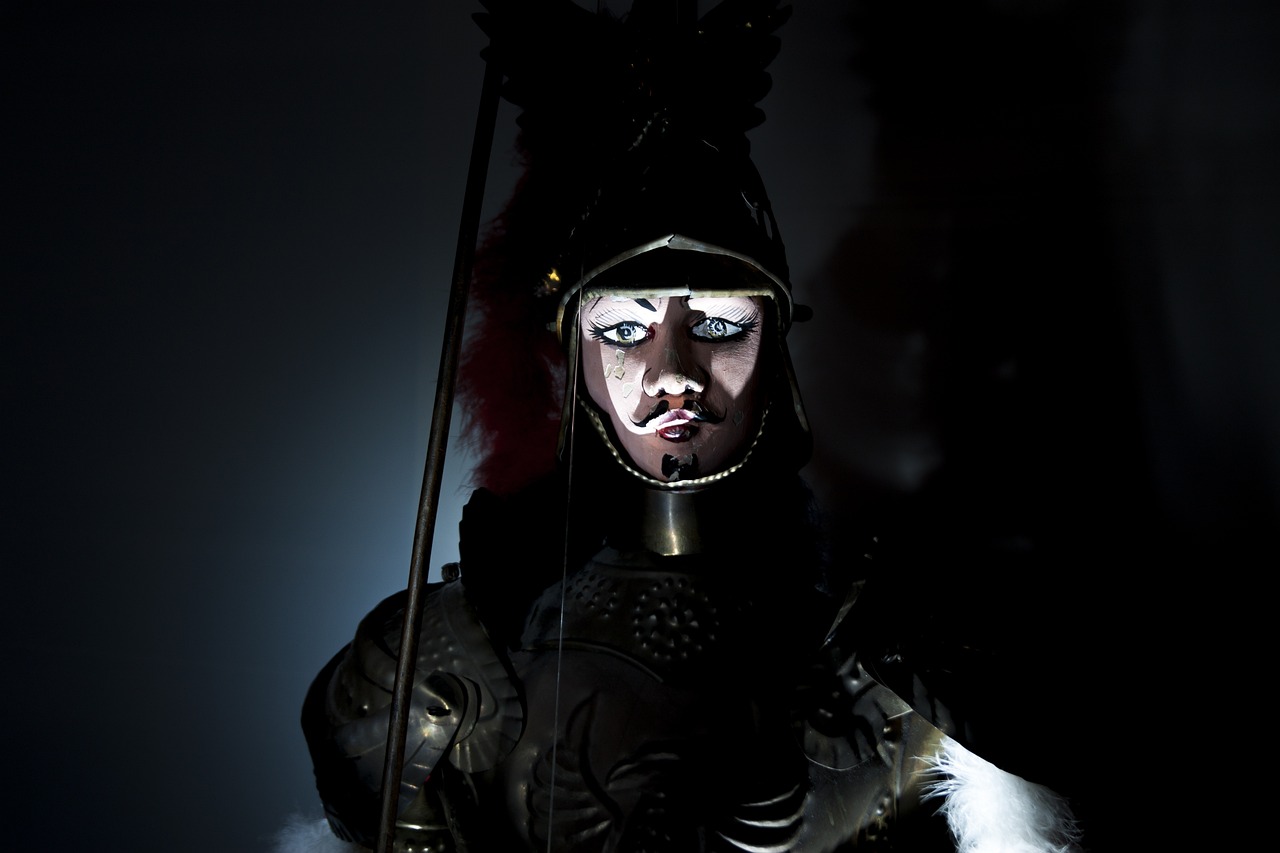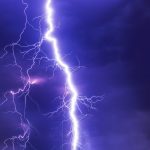The Paladin stands tall, brandishing her greatsword with pride. She lifts it as she runs at the goblins, taking a moment to cast searing smite upon the blade and successfully igniting her target. The goblin shrieks as it goes up in flames, and she grimly turns to the next enemy.
Table of Contents
How The Spell Works
The spell’s text from the Player’s Handbook reads: The next time you hit a creature with a melee weapon attack during the spell’s duration, your weapon flares with white-hot intensity, and the attack deals an extra 1d6 fire damage to the target and causes the target to ignite in flames.
At the start of each of its turns until the spell ends, the target must make a Constitution saving throw. On a failed save, it takes 1d6 fire damage. On a successful save, the spell ends. If the target or a creature within 5 feet of it uses an action to put out the flames, or if some other effect douses the flames (such as the target being submerged in water), the spell ends.
At higher levels, the initial extra damage dealt by the attack increases by 1d6 for each slot.
Who Gets Searing Smite
Searing smite is a spell exclusive to Paladins. However, Forge Domain Clerics always have searing smite prepared. Paladins are half-casters, meaning that they gain access to 1st-level spells beginning at level 2.
What Are the Uses
It takes a bonus action to cast searing smite, meaning that the best use case is right before unloading your powerful attacks on a nearby enemy. The only real downside to this evocation spell is that it requires concentration. Many Paladin spells require concentration, so that’s nothing new, but concentrating on searing smite means you can’t use your concentration on potentially better spells.
Searing smite’s real draw is the ongoing effect of consuming your enemy in flames and dealing more damage in future rounds. The problem is that the majority of enemies have high Constitution saving throws and are likely to either succeed and end the spell’s effects or find a source of water to douse the flames themselves.
Unlike other spell effects, the flames generated in searing smite are not magical. Even normal water is enough to put someone out. Considering how common having a waterskin is in Dungeons & Dragons, it seems unlikely that a foe wouldn’t be able to extinguish the flames before they take much damage.
Comparable Spells
Paladins have a variety of smite spells available to them, and they all work in a similar fashion to searing smite. Thunderous smite, staggering smite, wrathful smite, branding smite, banishing smite, and blinding smite are all activated on bonus actions to empower a Paladin’s weapon attacks.
The main differences are found in their rider effects, namely what they do besides extra damage. As we show below, there is practically a different smite for every occasion. Some of them are more broadly useful than others, like staggering smite, but it’s a 4th-level spell, and Paladins don’t gain access to that level of spells until 13th level.
- Thunderous smite can knock an opponent prone (Strength check)
- Staggering smite can give disadvantage on attack rolls and ability checks, and eliminate reactions (Wisdom check)
- Wrathful smite can make your adversary frightened of you (Wisdom check)
- Branding smite can make an invisible enemy seen and prevent an enemy from becoming invisible again (No check required)
- Banishing smite can send a creature back to its native plane or a demiplane where it is incapacitated (No check required)
- Blinding smite can blind the target (Constitution check)
In addition to other smite spells, all Paladins have access to their Divine Smite feature. While it does take a spell slot, it isn’t technically a spell, and you don’t have to worry about preparing it at the end of a long rest. It doesn’t have any of the rider effects seen in all of the smite spells, but Divine Smite does some serious damage at 2d8 base radiant damage for a 1st-level spell slot and an extra 1d8 damage for higher spell slots or if the target is a fiend or undead.
Remember, damage from smite spells and Divine Smite all stacks on top of your normal weapon’s damage. If your character has a greatsword like our example in the intro, that means 2d6 + your Strength modifier + any attack bonuses you have + smite damage. You can also stack Divine Smite with a smite spell in the same attack. Talk about doing the Lord’s work!
In Summary
Paladins have the option of preparing searing smite before a battle starting at level 2. It’s not a bad spell, considering the choices, but there are other smite spells that might be better suited for your situation. Additionally, nearly all Paladin spells require concentration, and you might not want to spend your concentration on such an easily overcome spell.


